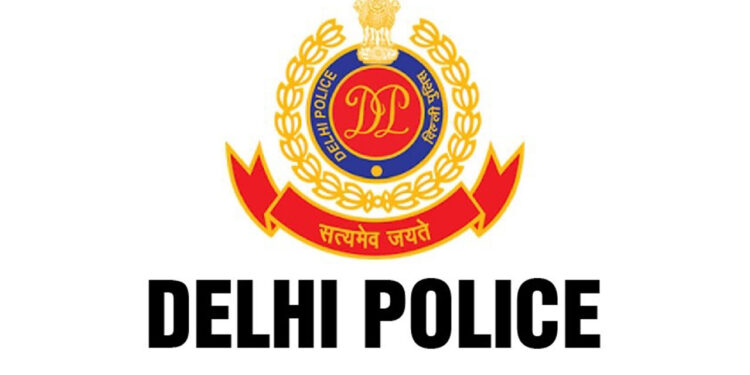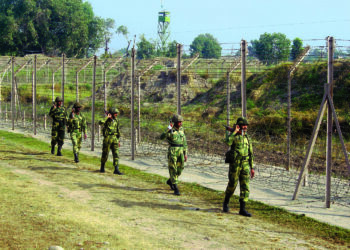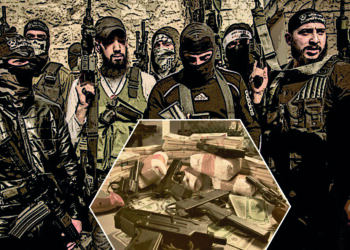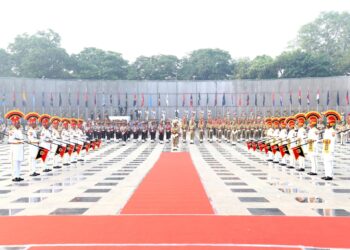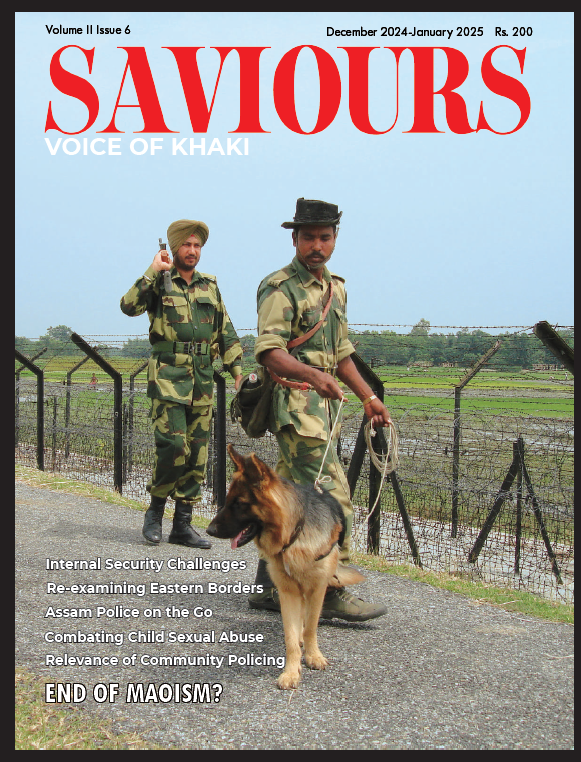At the very outset, I would like to congratulate and compliment Sh. Somesh Goyal for his excellent initiative; after all, it is never too late to make a beginning for a good cause. I am attempting here a very brief resume of some initiatives taken by Delhi Police to standardise some of the systems and make them more transparent. But before that, a little bit of the background.
While heading the Delhi Police Commission, Justice (Retd.) G.D. Khosla recommended introducing the Police Commissioner System in Delhi in 1968. The Govt. had accepted the report, but the suggested change was not coming about for some reason. Only in 1978, when Prime Minister Morarji Desai was also holding the Home portfolio, could one sense some seriousness in introducing the Commissionerate. Even then, the matter was being stalled on one pretext or the other.
Out of sheer exasperation, Morarji, who knew the issue well, finally ordered that an Ordinance be prepared instead of waiting for the Monsoon Session of the Parliament. It may surprise many that Police Commissionerate in Delhi was introduced through a Presidential Ordinance. I was heading the South Distt of Delhi then and saw the transition. We were fully aware of the forces working against us and strove hard to make the Commissionerate a success.
An essential area of the Commissionerate was Licensing, which was a new subject for us. It had maximum public dealing but none with the criminals or the usual police complainants. Licensing branch dealt with Arms, Explosives, Hotels, Cinemas, Motels, Guesthouses, Auditoria and licenses for public performances. A lot of sensitivity was required while handling these cases to ensure we did not falter. For some time, the Licensing branch had become a virtual testing ground for the Police Commissionerate in Delhi.
Fast forward to the twenty-first century when computers, office automation and digitisation were getting wider acceptability. Keeping pace with the times and to win the public’s confidence, it was planned that we should modernise our Licensing branch. To begin with, we enhanced the interiors of the offices, giving them a very inviting and corporate look. The personnel were given a reorientation, particularly in behavioural and language skills. After that, the entire system was overhauled in consultation with the STQC (Standardisation Testing and Quality Certification), Directorate of Ministry of Electronics and I.T. The aim was to get an ISO(International Standards Organization) Certification. The standards were demanding, but thanks to the hard work of .O.P.Mishra then, Add. DCP(now Jt. C.P.) and Arun Kampani, then DCP, all the requirements of this certification were met. The inspection team from the Ministry did several rounds of surprise checks and finally declared us qualified. Delhi Police Licensing Branch for Arms became the first such unit anywhere in the country to receive an ISO 9001:2000 certification in July 2004. The Certification has been renewed from time to time. Delhi Police also became the first such unit to issue an Arms License in a smart card format instead of the cumbersome booklet.
Very often, we find that the moment an officer leaves, some procedures, even though they may be very beneficial, tend to be forgotten, sometimes deliberately. It is of utmost importance to standardise processes and make them completely transparent.
Police recruitment has usually been a cause of serious complaints. Our next effort was to standardise the recruitment procedure and make it a zero-error and zero-complaint system. Motivated by our success in the Licensing Branch, we carefully reviewed all the processes at each stage and standardised the system. We could not get the ISO certification in 2005, but thanks to the hard work and zeal of Deepak Mishra, then Jt. C.P. (A.P.) won it in 2006. That year we had over one lakh candidates for just over 2000 vacancies of constables and not a single complaint.
Delhi Police again became the first force in the country to get an ISO certification for recruitment. Delhi Police sent this procedure to the MHA, which circulated it to all the States and CPMFs.
We followed up on ISO certifications for our Procurement Procedures, Levy of Compounding Fees by Traffic Police and norms and practice of Beat Patrolling by female constables in resettlement colonies of Sultanpuri and Mongolpuri. Dr Sagar Preet Hooda, the then DCP and now Spl CP, developed the model for the last one.
These innovative measures were sent as an entry for the Prime Minister’s award on the occasion of Civil Services Day. Delhi Police proposals were shortlisted in the last five but failed to get into the first three. Nevertheless, on the occasion of Civil Services Day 2007, the Police Commissioner of Delhi was allowed to address the entire gathering at Vigyan Bhawan on the subject of the use of information technology in policing.
While this is an old story, times have changed, and we are now on the threshold of the 5G revolution and the application of the Internet of Things (IoT). Hopefully, the younger lot would be able to harness these technologies in the right earnest leading to improved policing.
P.S.
SVOK Checked the status of ISO certification of the Licencing Branch of Delhi Police and found that it has not been renewed for the last several years.


